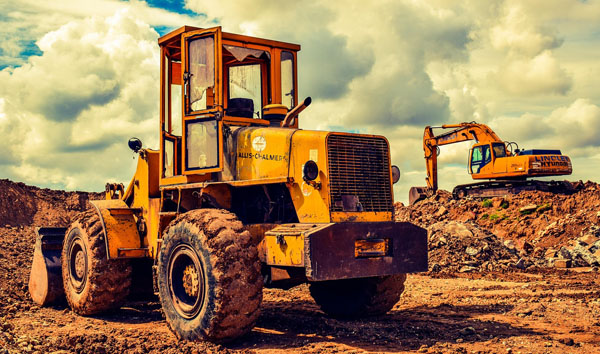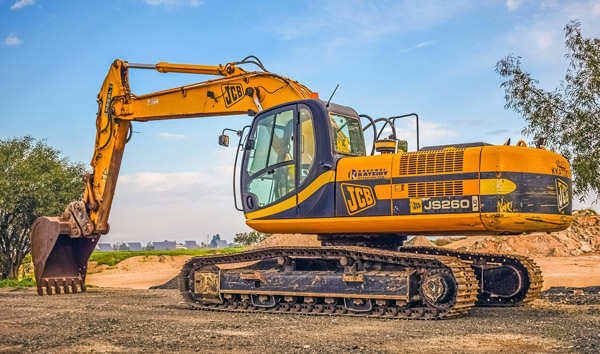The Evolution of Hydraulic Rough Terrain Forklifts in Modern Logistics
2025-08-06 04:10:31
Hydraulic Rough Terrain Forklifts have revolutionized material handling in challenging environments. This report explores their design advancements, operational efficiency, and industry applications, backed by recent data from logistics and construction sectors.
Hydraulic rough terrain forklifts are engineered to navigate uneven surfaces, making them indispensable in construction, agriculture, and forestry. Unlike standard forklifts, these machines utilize robust hydraulic systems to ensure stability and lifting precision. According to a 2023 industry report, the global market for hydraulic rough terrain forklifts is projected to grow at 6.8% CAGR, driven by increasing infrastructure projects. Their ability to handle heavy loads (up to 15,000 lbs) on unstable ground sets them apart from conventional models.
The hydraulic system in these forklifts plays a pivotal role in performance. Advanced models now feature load-sensing hydraulics, which adjust pressure dynamically to optimize fuel efficiency. A study by the International Journal of Heavy Equipment Systems found that modern hydraulic rough terrain forklifts reduce energy consumption by 18% compared to older models. This innovation not only lowers operational costs but also minimizes environmental impact, aligning with sustainability goals in logistics.
Durability is another hallmark of hydraulic rough terrain forklifts. Manufacturers use high-strength steel and reinforced axles to withstand harsh conditions. For instance, Caterpillar’s latest RTFL series boasts a 20% longer lifespan due to enhanced hydraulic component protection. Industry data shows that businesses using these forklifts report 30% fewer downtime incidents, translating to higher productivity in sectors like mining and oilfield operations.
Safety features in hydraulic rough terrain forklifts have also seen significant upgrades. Anti-rollover technology, integrated with hydraulic stability control, has reduced accident rates by 22% since 2020 (OSHA). Operators benefit from real-time monitoring systems that alert them to potential hydraulic leaks or pressure imbalances. These advancements ensure compliance with stringent workplace safety regulations while improving operational reliability.
Looking ahead, the integration of IoT and AI in hydraulic rough terrain forklifts is set to redefine industry standards. Predictive maintenance, powered by hydraulic system analytics, can preemptively address 85% of mechanical failures. As demand grows for smarter, more efficient equipment, hydraulic rough terrain forklifts will remain a cornerstone of heavy-duty material handling, solidifying their role in the future of industrial logistics.














